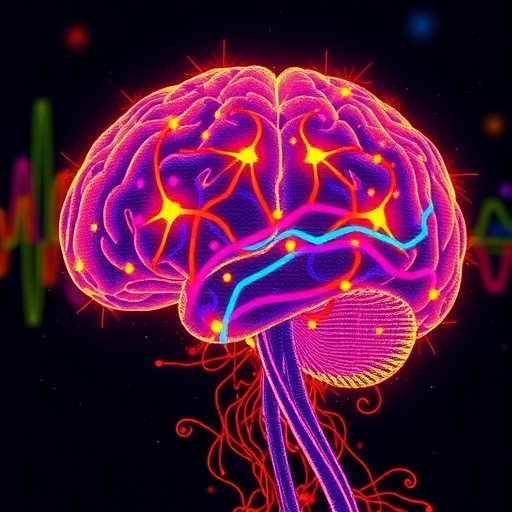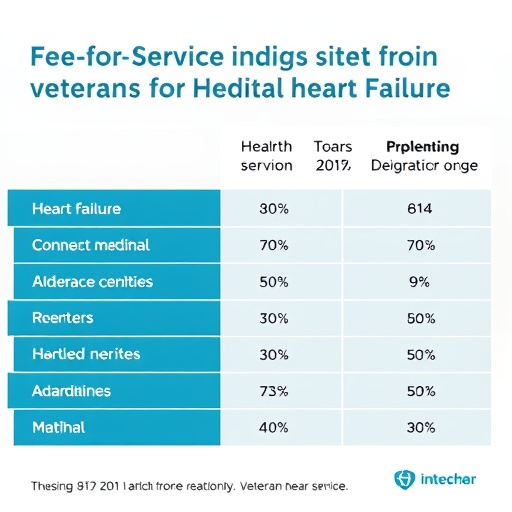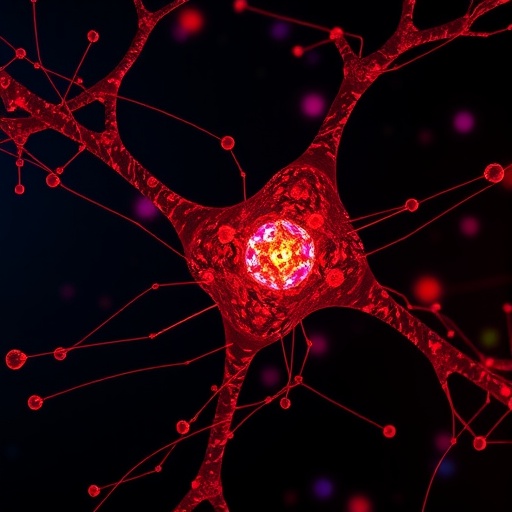In a groundbreaking new study published in Nature Neuroscience, researchers have unveiled a remarkable facet of psychedelic compounds that goes beyond neuronal activity to reveal intricate disruptions in the brain’s vascular responses. Psychedelics such as psilocybin and 2,5-dimethoxy-4-iodoamphetamine (DOI) have long been recognized for their profound effects on perception and cognition, primarily attributed to their agonism of serotonin 2A (5-HT2A) receptors. Traditional neuroimaging studies in humans have documented that these compounds induce widespread functional brain reorganization. However, the prevailing assumption that these changes purely reflect neuronal activity is now being challenged by this new research demonstrating that psychedelics also intricately modulate neurovascular coupling—the delicate interplay between neuronal activity and cerebral blood flow.
The study begins by highlighting a significant oversight in many human neuroimaging studies: the vasoactive properties of serotonin, which can independently influence cerebral blood vessels and thus potentially confound interpretation of blood-based brain imaging signals. Functional magnetic resonance imaging (fMRI) depends on hemodynamic responses, notably blood oxygen level-dependent (BOLD) signals, to infer neuronal activity. Psychedelic-induced serotonin release can directly affect the dilation and constriction of cerebral blood vessels, thereby altering these hemodynamic signals irrespective of underlying neuronal firing. This critical nuance sets the stage for a deeper exploration into the dissociation between neuronal and vascular responses under the influence of psychedelics.
To address these complexities, the researchers employed an elegant multimodal approach using awake Thy1-jRGECO1a transgenic mice, animals engineered to express genetically encoded calcium indicators in excitatory neurons, allowing direct optical imaging of neuronal calcium dynamics. Simultaneously, hemodynamic measures were collected via wide-field optical imaging techniques which capture cerebral blood volume changes. This dual measurement setup enabled the team to disentangle how DOI, a potent psychedelic 5-HT2A receptor agonist, differentially affected neuronal activity and the associated vascular responses during both sensory stimulation and at rest.
Intriguingly, the results revealed that DOI did not uniformly amplify or suppress neuronal activity or hemodynamic signals; rather, it induced a complex reconfiguration of neurovascular coupling. During whisker stimulation—a common assay for sensory processing in rodents—neuronal calcium transients and hemodynamic responses decoupled significantly. Whereas neuronal activity might reflect heightened or altered excitatory signaling through cortical circuits, the vascular responses did not consistently align, often showing divergent or attenuated patterns. This discrepancy was also evident in the resting state, where spontaneous neuronal fluctuations and hemodynamic signals became discordant.
One of the most striking findings was the contrasting effects of DOI on functional connectivity as measured by neuronal-based versus hemodynamic-based metrics. Functional connectivity maps derived purely from neuronal calcium signals manifested differently than those derived from blood-based hemodynamics, underscoring the potential pitfalls in interpreting fMRI and similar neuroimaging data when psychedelics are involved. This dissociation has profound implications for understanding the neural substrates of psychedelic experiences and their therapeutic potential. It suggests that some of the observations attributed solely to altered neuronal networks might be partially or even predominantly driven by vascular changes.
Further reinforcing the role of 5-HT2A receptors, the study employed MDL100907, a selective antagonist of this receptor subtype. Administration of MDL100907 effectively reversed many of DOI’s effects on neurovascular coupling, restoring more typical relationships between neuronal activity and hemodynamic signals. This pharmacological manipulation highlights the causal involvement of 5-HT2A receptor activation in mediating not just neuronal signaling alterations but also vascular tone changes in the cortex, painting a more comprehensive picture of how psychedelics modulate brain function.
The implications of these findings extend to the interpretation of human neuroimaging studies investigating psychedelic states. Blood oxygenation signals, the staple of fMRI, may not always accurately reflect neuronal activity under the influence of serotonergic psychedelics due to confounding vascular effects. This discovery calls for caution and the development of improved imaging methodologies or analytical frameworks to differentiate neuronal from vascular contributions in psychedelic research.
Beyond methodological concerns, the revelation that psychedelics alter neurovascular coupling adds a novel dimension to the neurobiology of these substances. Neurovascular coupling is fundamental for proper brain function, ensuring metabolic and oxygen supply matches neuronal demand. Disruption in this process could influence the brain’s energetic homeostasis and might contribute to the subjective and cognitive effects experienced during psychedelic states. This new insight, therefore, invites further exploration into the role of cerebral blood flow regulation in consciousness and perception.
Moreover, this study bridges a critical gap between preclinical and clinical psychedelic research. While human studies often rely on indirect blood-based signals, animal models allow direct observation of neuronal activity with concurrent hemodynamic monitoring. This combined approach reveals the multi-layered effects psychedelics have on brain physiology and underscores the value of cross-species methodologies to untangle the complex pharmacodynamics of these compounds.
The findings also provoke fresh hypotheses around therapeutic mechanisms. Psychedelics are garnering increasing interest for their antidepressant and anxiolytic potential, with many theories centered on their ability to modulate neuroplasticity and functional connectivity. This study’s findings suggest neurovascular factors may also contribute to therapeutic outcomes, either by modulating cerebral perfusion or by influencing coupling efficiency between neurons and blood vessels, thereby facilitating neural remodeling.
From a technical standpoint, the use of the Thy1-jRGECO1a mouse model represents a significant advancement. This genetically encoded calcium indicator offers a genetically precise and high temporal resolution window into excitatory neuronal dynamics, far surpassing previous methodologies reliant on indirect electrophysiological recordings or less specific dyes. Coupled with wide-field optical imaging capturing cortical hemodynamics, this dual modality gives unprecedented insight into the spatiotemporal complexity of neurovascular interactions under pharmacological manipulation.
In sum, this study profoundly challenges the assumption that psychedelic-induced changes observed in blood-oxygen level dependent signals solely represent neuronal activity. By peeling back layers of brain physiology, the authors reveal an intricate dance between serotonin receptor agonism, neural excitation, and vascular reactivity that redefines how researchers must interpret neuroimaging data in psychedelic neuroscience.
As psychedelics continue to captivate scientists, clinicians, and the general public alike, groundbreaking work such as this paves the way toward a more nuanced understanding of their multifaceted brain effects. It urges the field to rethink classic neuroimaging paradigms and integrate vascular considerations as a critical factor influencing brain function during altered states of consciousness.
This landmark discovery marks a new frontier, emphasizing the complex interdependence of neurons and blood vessels and reminding us that the brain’s mysteries often lie at the interfaces—not only within cells themselves, but between the biological systems they compose. Psychedelics, often described as keys to unlocking the mind, may equally be seen as revealing the often-overlooked vascular orchestra synchronizing cognitive and perceptual experience.
Subject of Research: Effects of psychedelic 5-HT2A receptor agonism on neurovascular coupling and dissociation between neuronal and hemodynamic brain function measures.
Article Title: Psychedelic 5-HT2A receptor agonism alters neurovascular coupling and differentially affects neuronal and hemodynamic measures of brain function.
Article References:
Padawer-Curry, J.A., Krentzman, O.J., Kuo, C.C., et al. Psychedelic 5-HT2A receptor agonism alters neurovascular coupling and differentially affects neuronal and hemodynamic measures of brain function. Nat Neurosci (2025). https://doi.org/10.1038/s41593-025-02069-z
Image Credits: AI Generated
Tags: advancements in neuroscience and psychedelicsbrain reorganization under psychedelicsDOI effects on cerebral blood vesselsfunctional MRI and psychedelic studieshemodynamic responses in neuroimaginginterpreting BOLD signals in neuroscienceneurovascular coupling and psychedelicspsilocybin and blood flow changespsychedelic compounds and cognitive perceptionpsychedelic research and brain blood flowserotonin 2A receptor activation effectsvasoactive properties of serotonin





